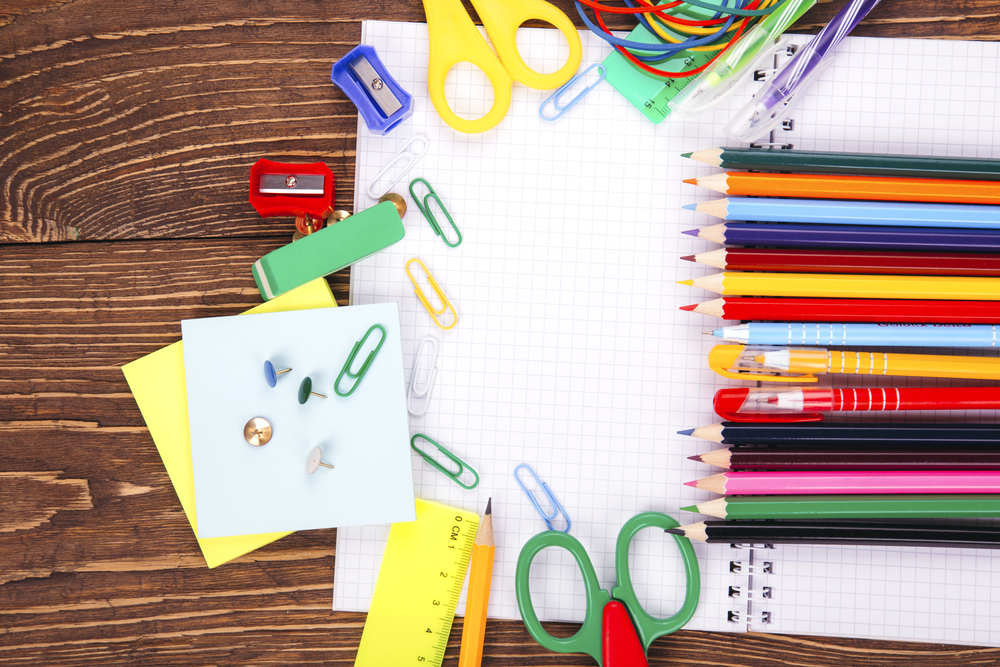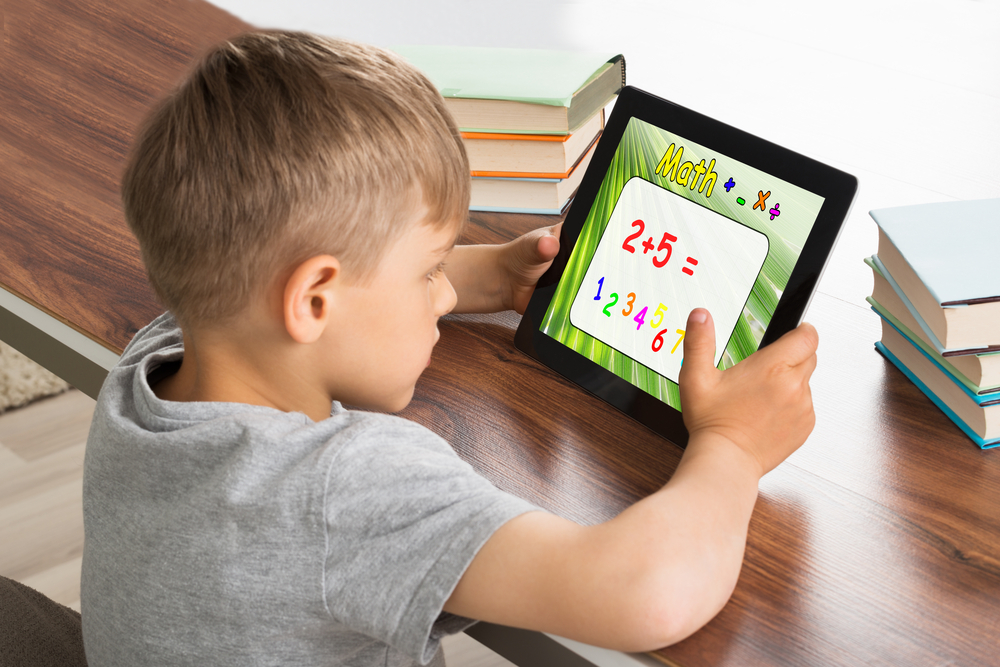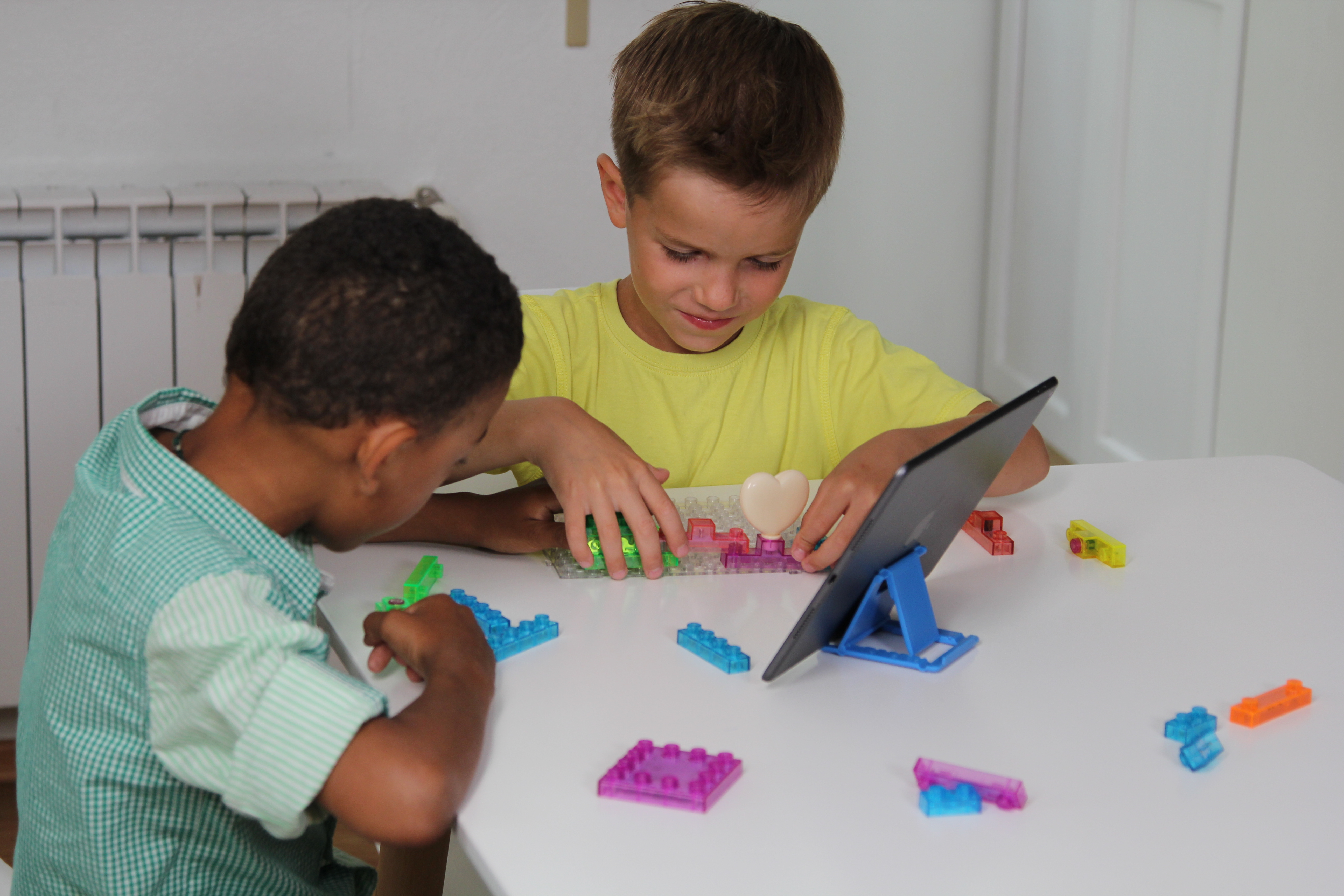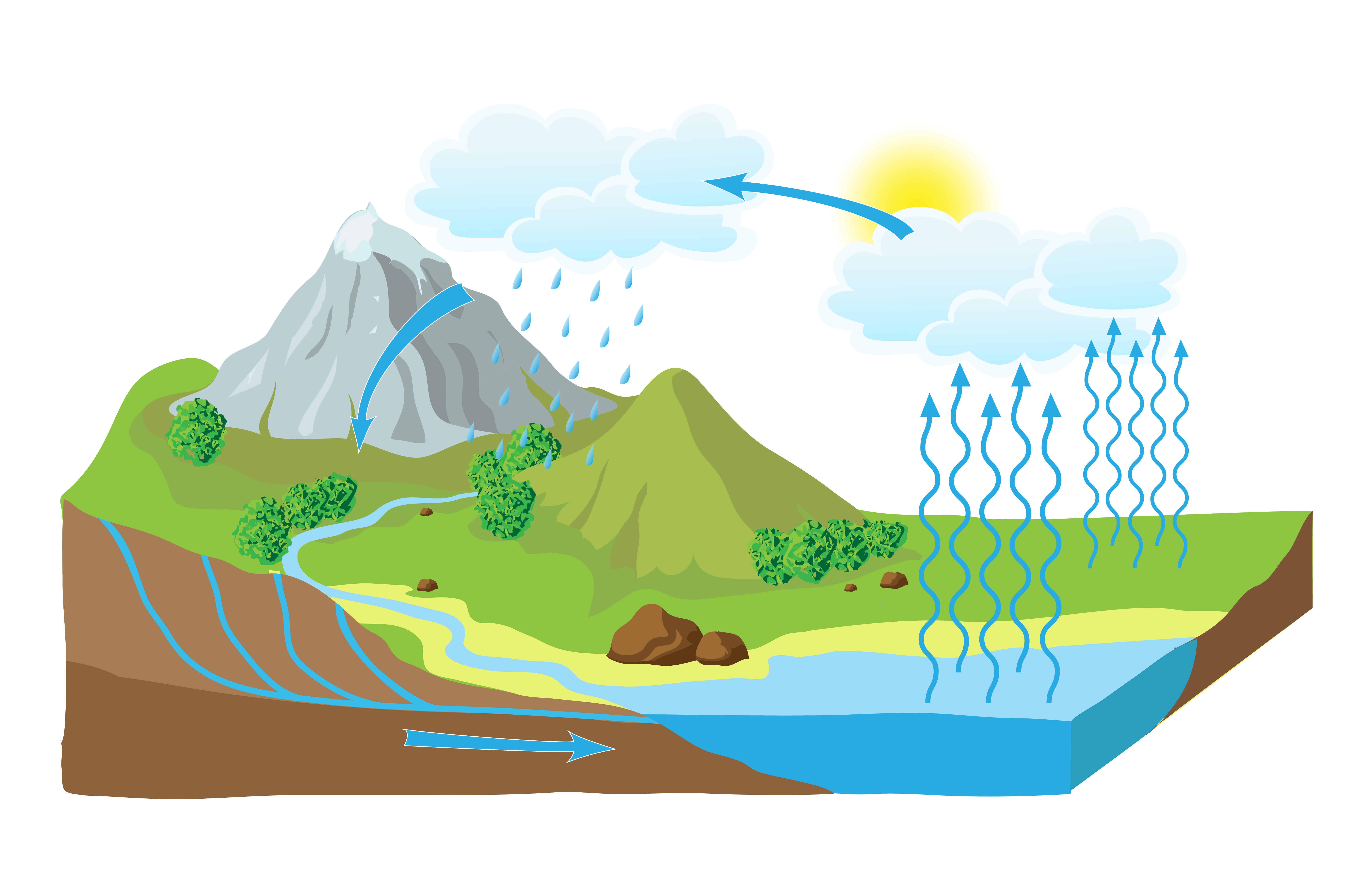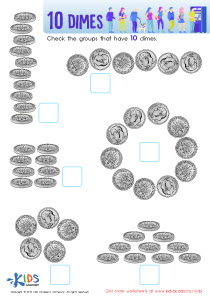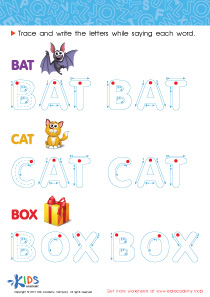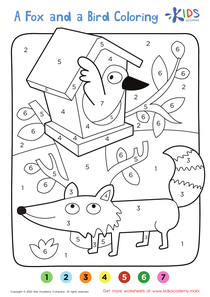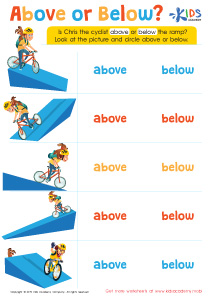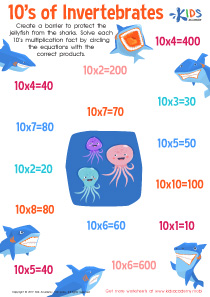Songs worksheets activities for 4-Year-Olds
17 filtered results
-
From - To
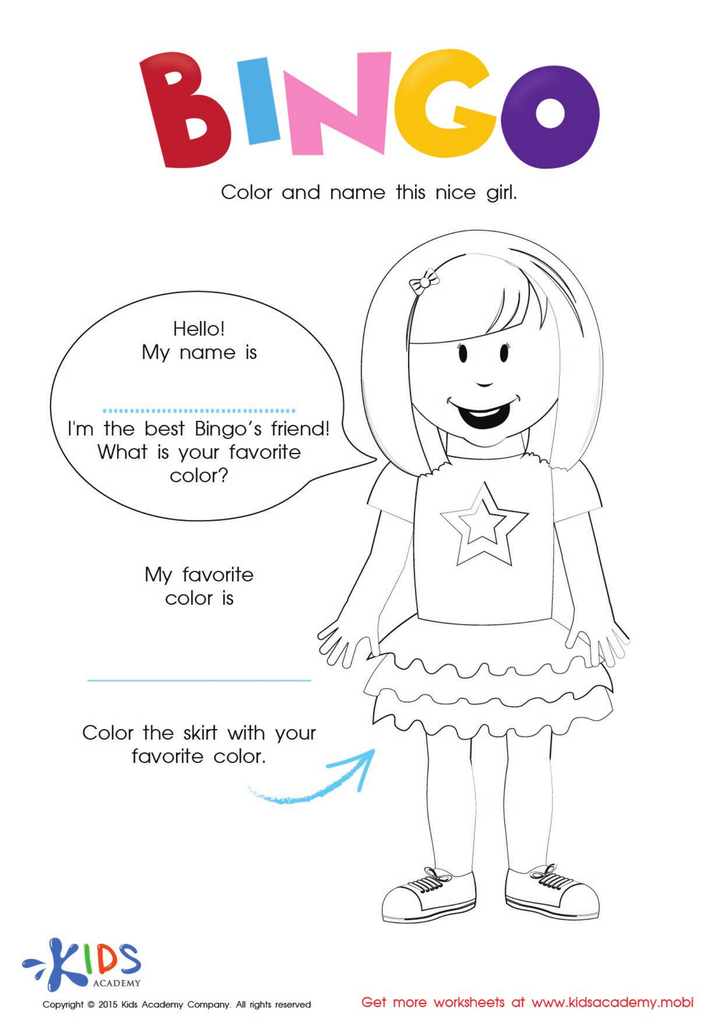

The Bingo Song: Coloring The Girl Worksheet
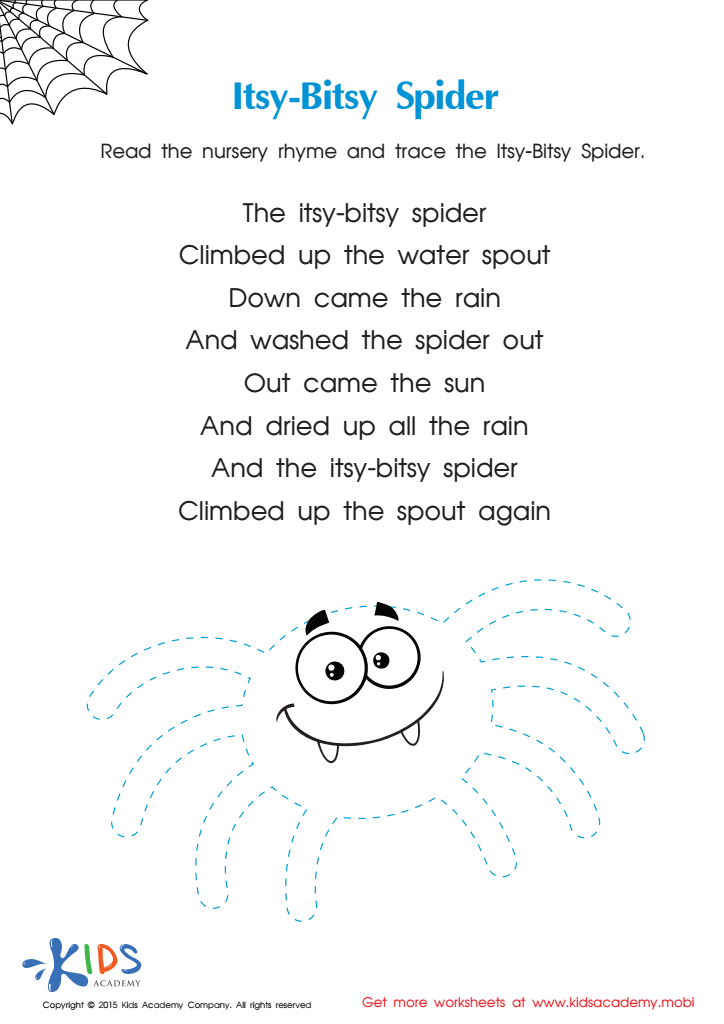

Itsy Bitsy Spider Nursery Rhyme PDF Worksheet
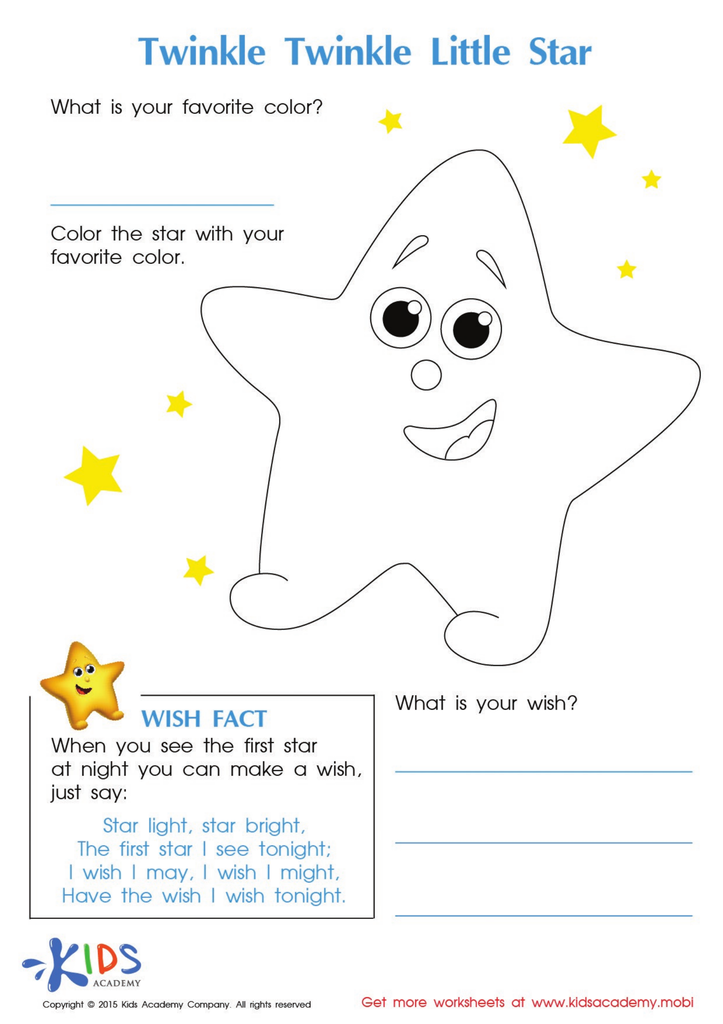

Twinkle Little Star Coloring Worksheet
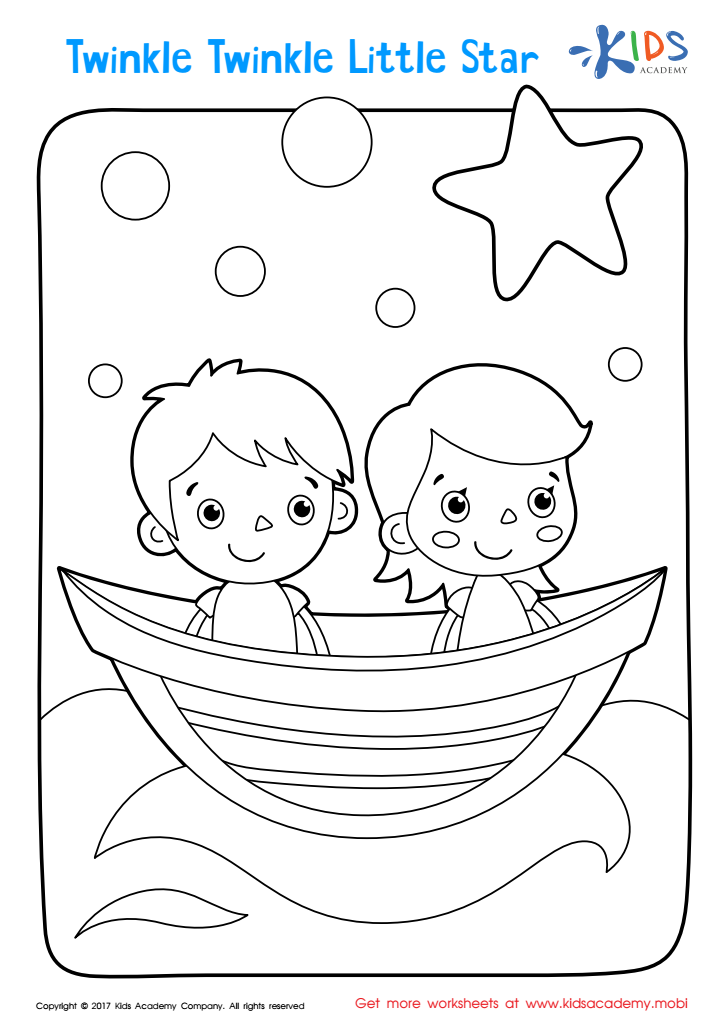

Twinkle Twinkle Little Star Coloring Page
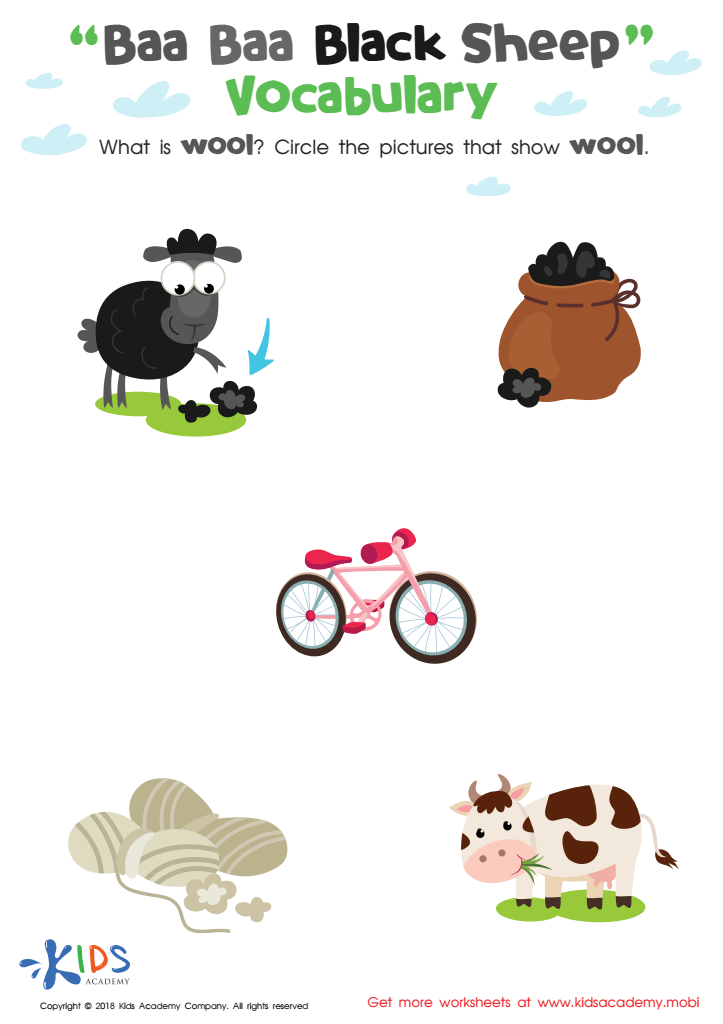

Baa Baa Black Sheep: Vocabulary Worksheet
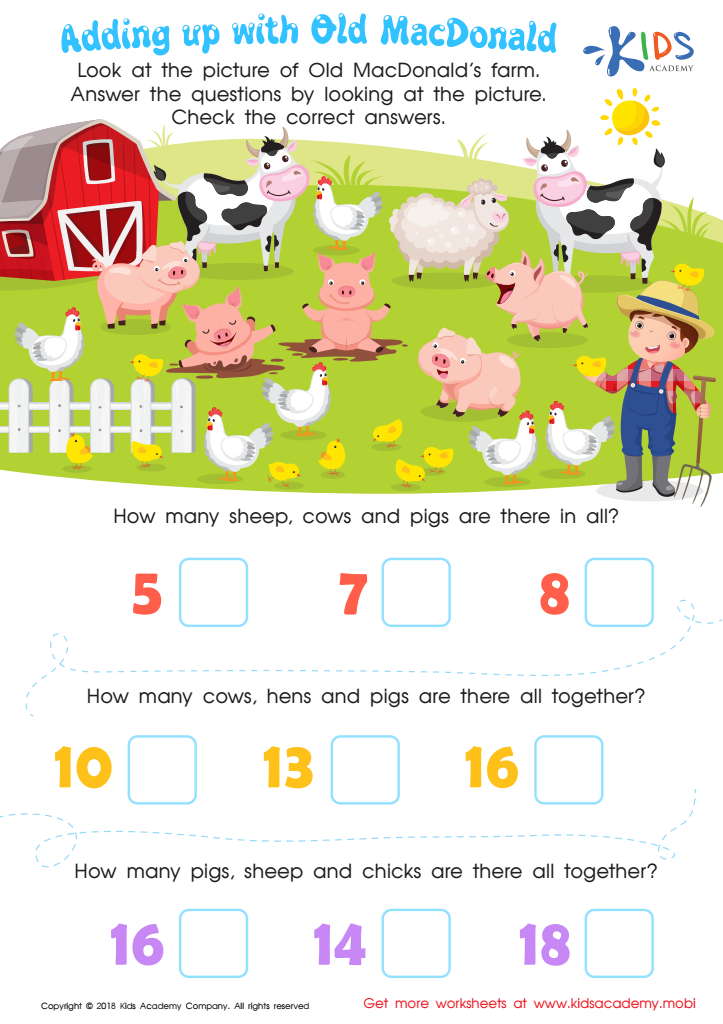

Adding Up with Old MacDonald Worksheet
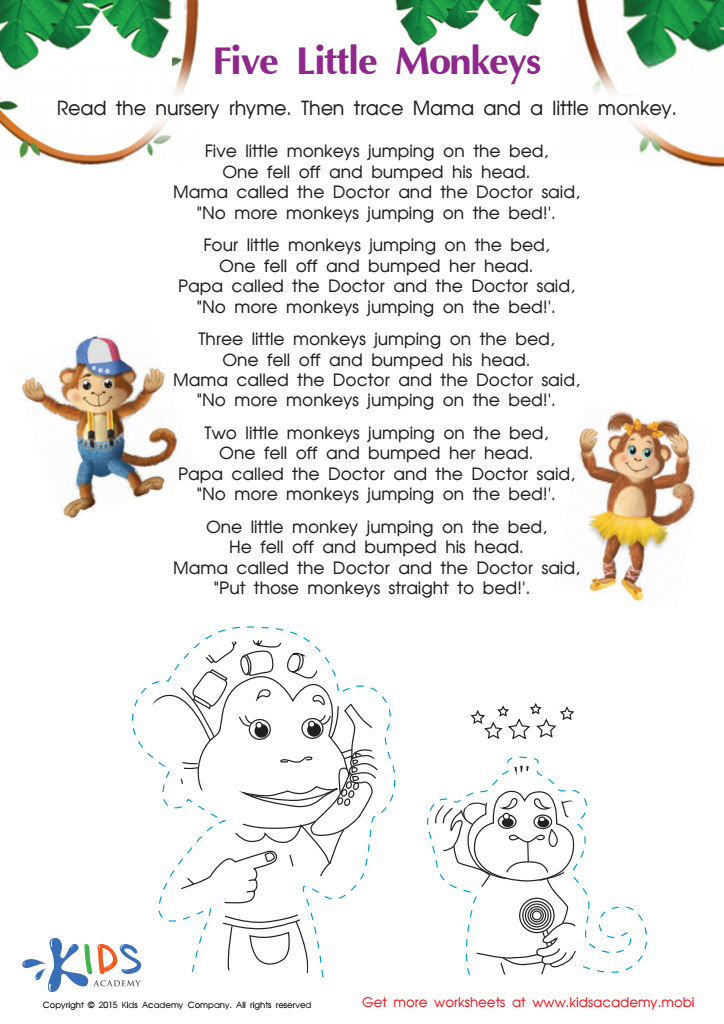

The Five Little Monkeys Nursery Rhyme Worksheet
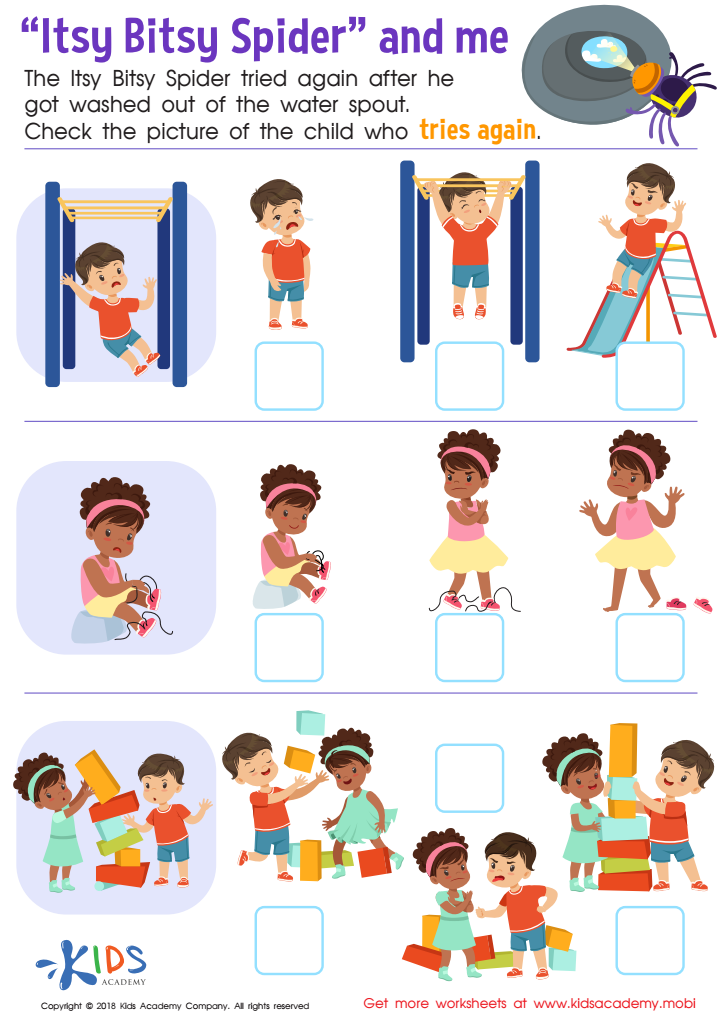

Itsy Bitsy Spider and Me Worksheet
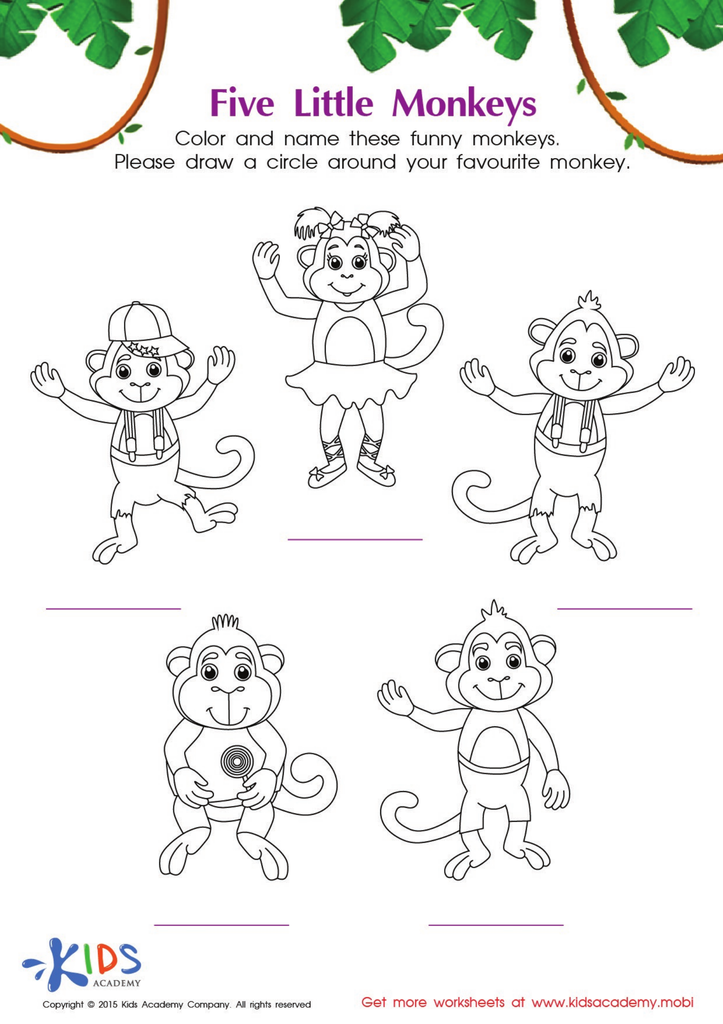

The Five Little Monkeys Coloring Worksheet
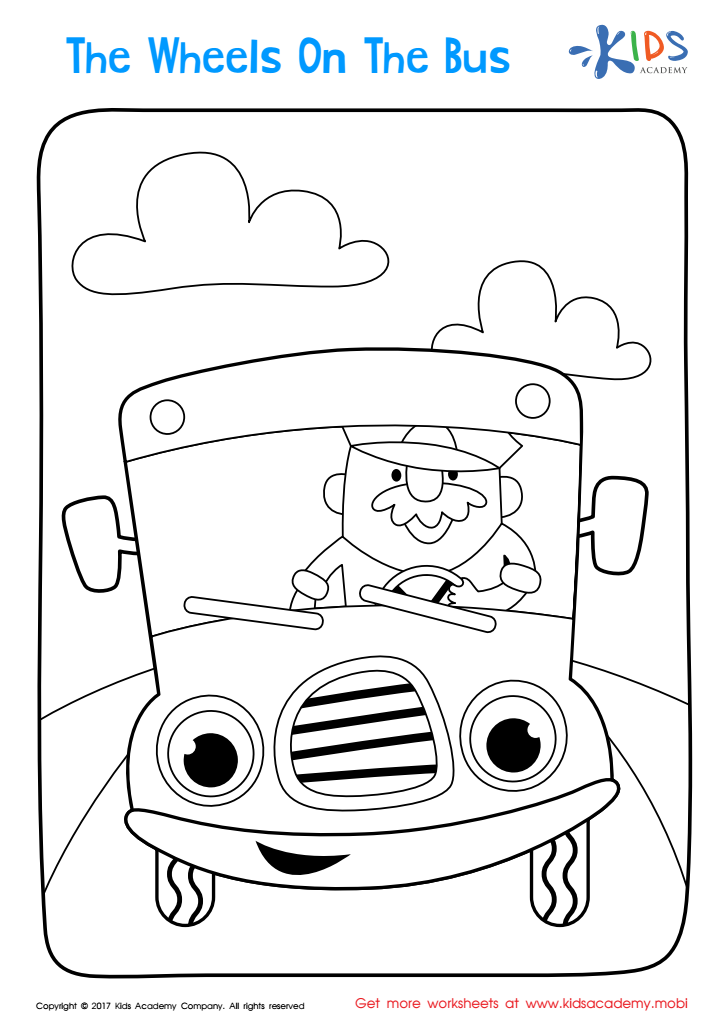

The Wheels on the Bus Coloring Page
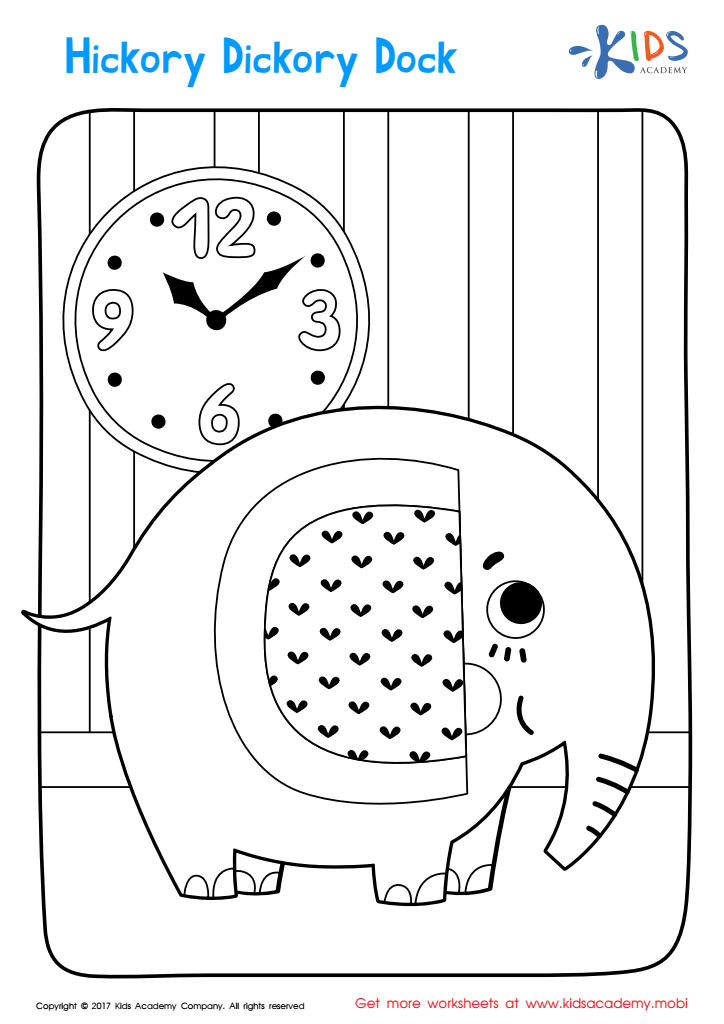

Hickory Dickory Dock Coloring Page
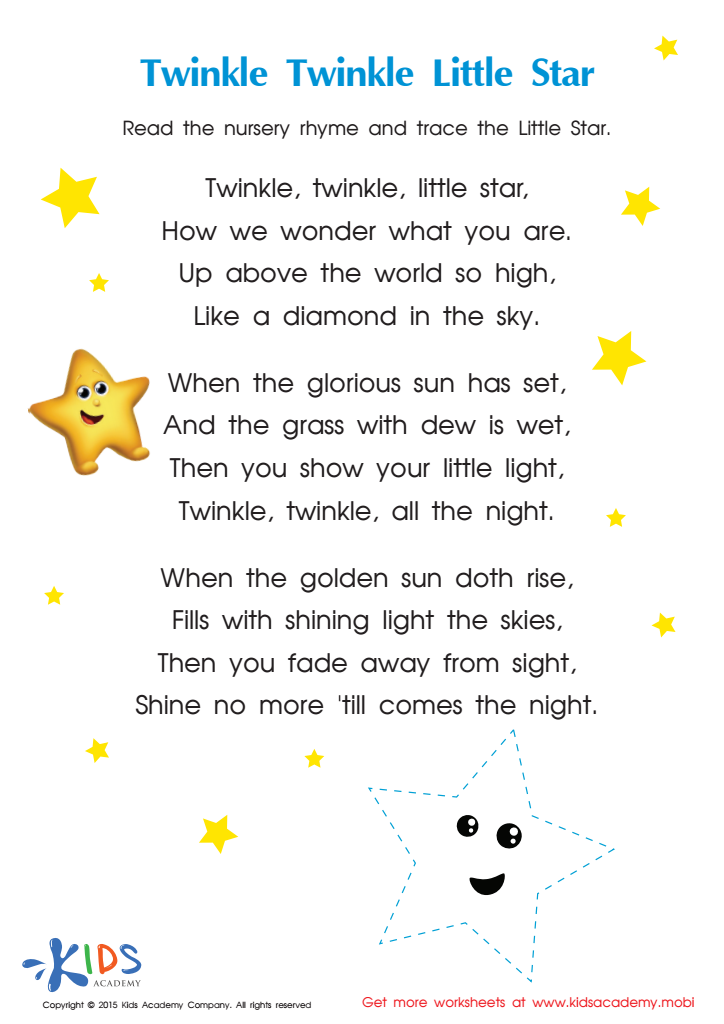

Nursery Rhymes: Twinkle Little Star Worksheet
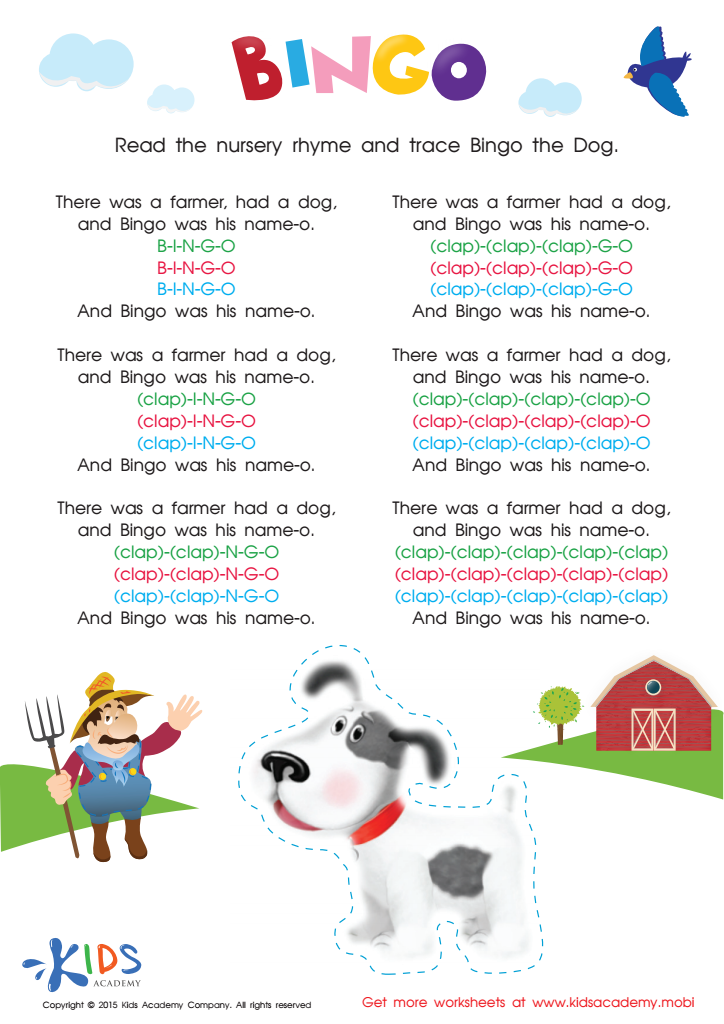

Nursery Rhymes: The Bingo Song Worksheet
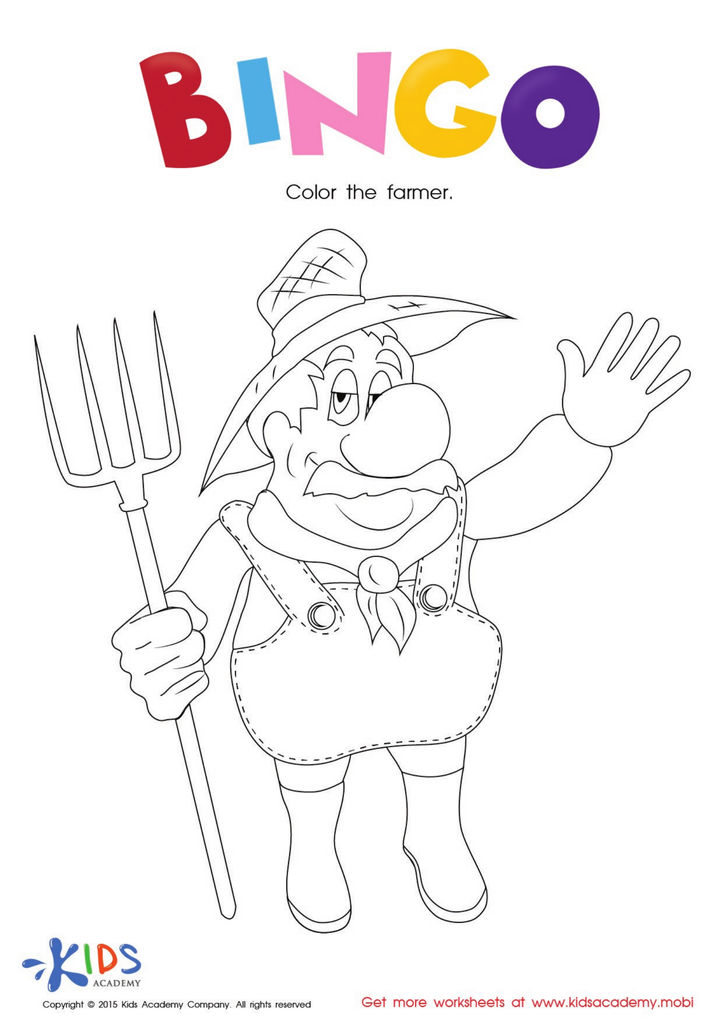

The Bingo Song: Coloring The Farmer Worksheet
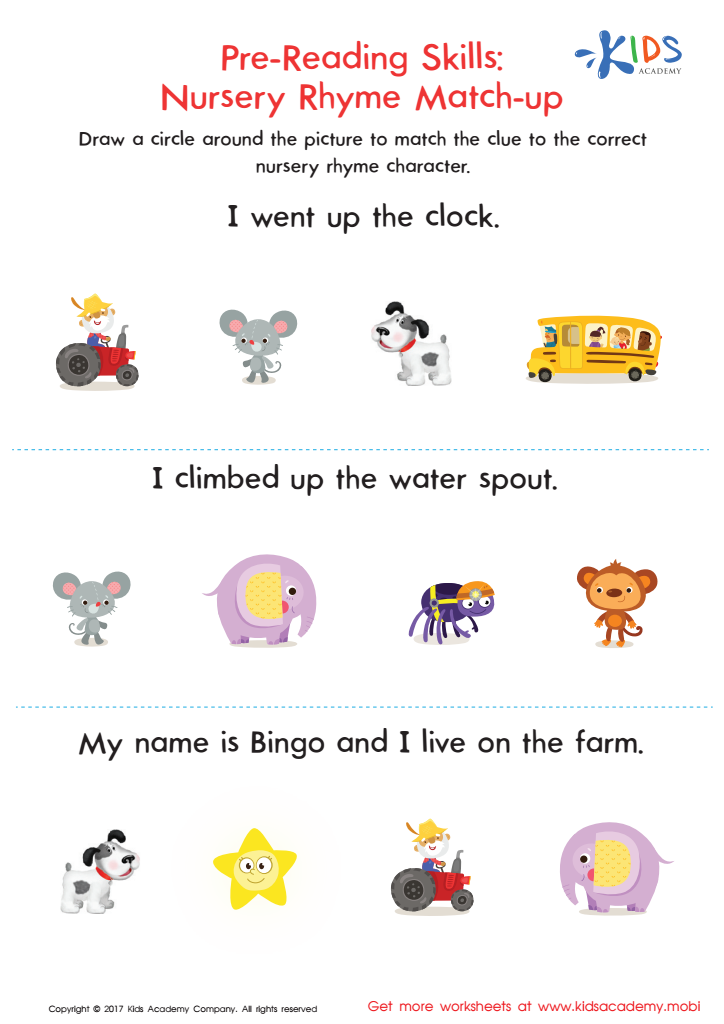

Nursery Rhyme Match–Up Worksheet
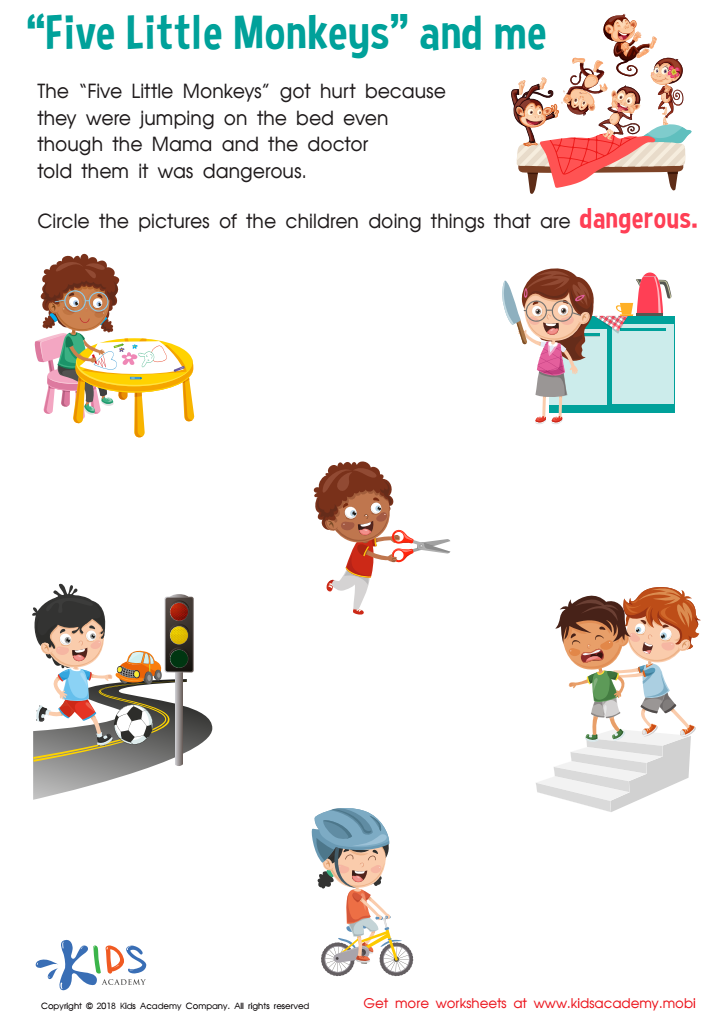

Five Little Monkeys and Me Worksheet
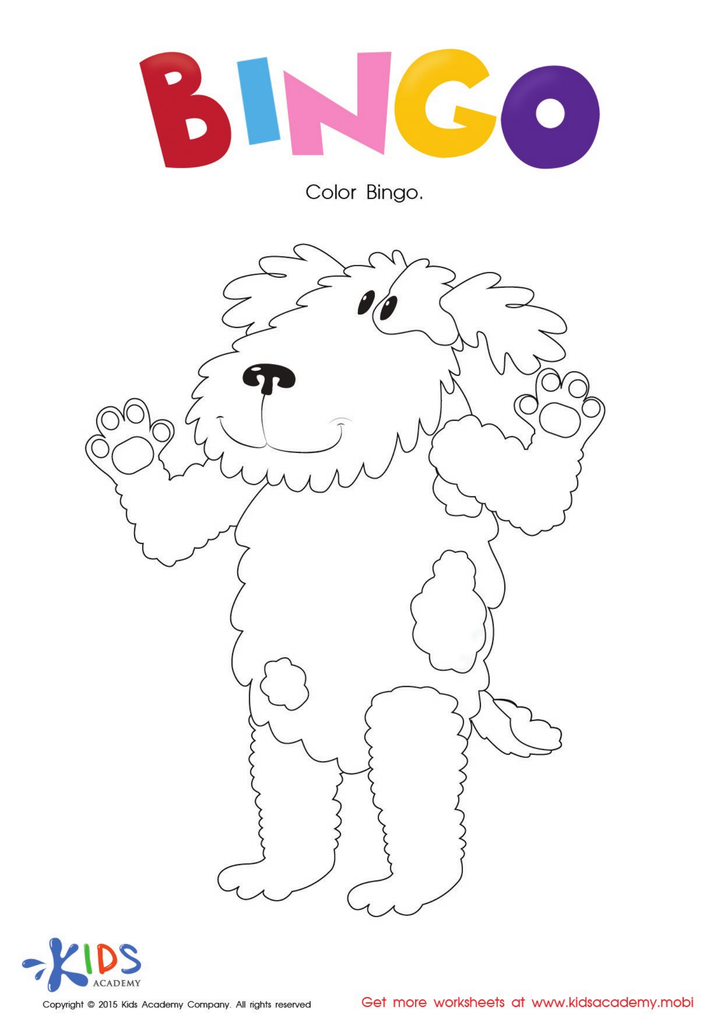

The Bingo Song: Coloring The Dog Worksheet
Songs worksheets activities stand as an invaluable tool in the realm of education, offering a unique blend of enjoyment and learning that appeals to learners of all ages. These activities harness the universal appeal of music to make learning more engaging and memorable, transcending the traditional boundaries of classroom instruction.
The integration of songs into educational worksheets allows for a multi-sensory learning experience. When learners listen to songs and complete corresponding activities, they engage not just their auditory senses but also their visual and kinesthetic abilities, thereby enhancing retention and comprehension. This multi-faceted approach is particularly beneficial for language learners, as songs worksheets activities introduce new vocabulary, grammar, and cultural insights in a context that is both fun and accessible.
Furthermore, songs offer a rhythmic and melodic structure that aids in memorization. Whether it's the periodic table, historical dates, or language conjugations, setting information to music can make it significantly easier to remember. Songs worksheets activities leverage this by creating memorable learning experiences that stick with learners long after the lesson is over.
These activities are also incredibly versatile, catering to a wide range of learning objectives and subjects. From science and math to history and languages, songs can be adapted to teach almost any topic, making them a valuable resource across the curriculum. This adaptability ensures that educators can find or create songs worksheets activities that perfectly match their teaching goals and their students' learning needs.
Moreover, songs worksheets activities promote cultural understanding and appreciation, exposing learners to different genres, traditions, and languages. This not only enriches their education but also fosters a broader understanding and respect for diversity.
In conclusion, songs worksheets activities are a remarkable educational tool. They combine the joy of music with the rigor of academic learning, making education a more enjoyable and effective process. These activities not only support a wide array of learning styles and objectives but also contribute to a more inclusive, engaging, and memorable learning experience.
 Assign to the classroom
Assign to the classroom
